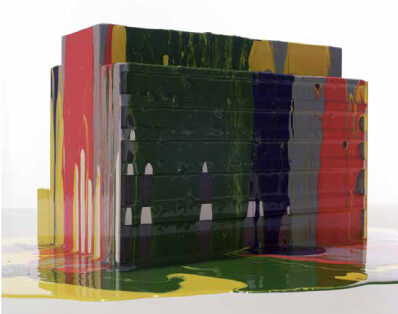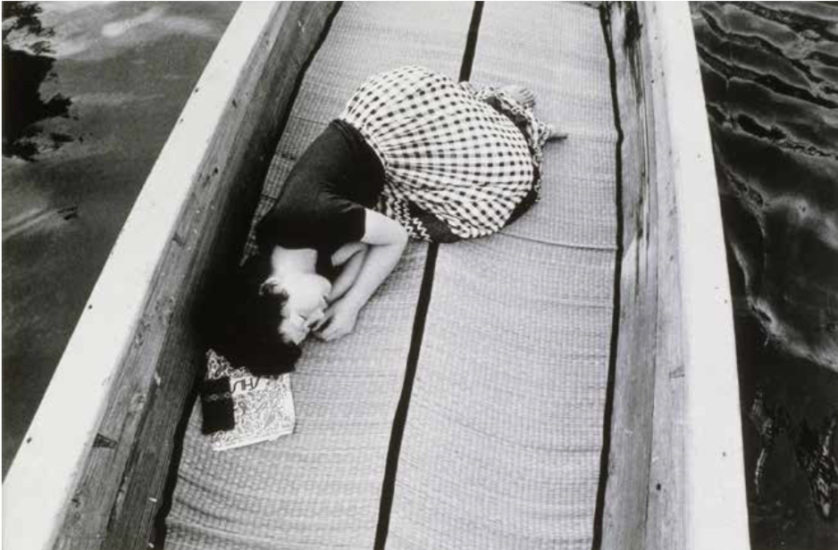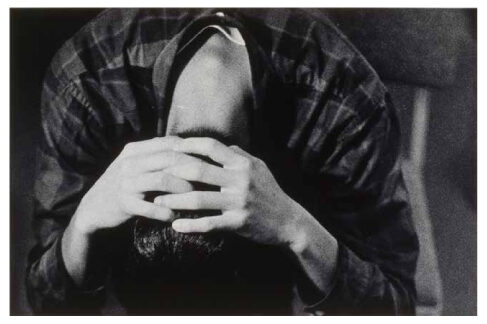MAISON EUROPÉENE DE LA PHOTOGRAPHIE
The Eyes #5
14/11/2018
MEP : A Special Collection
Texte par Étienne Hatt
While the purpose is not to lay out a history of contemporary photography, the Collection of the Maison Européenne de la Photographie, an important Parisian Institution, nonetheless marks some of its milestones, with coherent and often unique sets.
The Collection of the Maison Européenne de la Photographie (MEP) comprises 21,000 prints. It is both a lot and not much. In comparison, the collection at the Musée National d’Art Moderne, likewise launched at the end of the 1970s, holds 40,000 prints. It is however worth noting that the MEP’s collection includes primarily collection or exhibition prints, and no reading prints, tests or contact copies – abounding in large amounts in other museum collections and whose value is primarily documentary. Also worth noting: the collection is chronologically constrained, as it begins with the 1950s. Jean-Luc Monterosso, who launched this collection, as well as the Mois de la Photo and the MEP through the association Paris Audiovisuel, makes no secret of the selection: the 1950s are the decade of William Klein’s “New York” (1956) and Robert Frank’s “Les Américains” (1958), two authors who “operated a radical break, shifting the modern into contemporary”. The identity of the collection is also defined by two other driving principles. First, the medium is consid- ered from the perspective of its specific history, not just in light of its ties to modern or contemporary arts. As a result, it includes all types of photography, from Raymond Depardon’s war photographs to Patrick Tosani’s tableaux, Marc Trivier’s austere portraits or Helmut Newton’s sensual bodies. Moreover, because the photographic image often belongs to a series, the collection is committed to including complete sets. They are more suited to conveying a context and narra- tive than a single piece and correspond more closely to books which, at least until the 1980s, was the preferred medium of photographers for showcasing their work. The collection thus features the complete sets of images from Larry Clark’s series “Tulsa” (1971) and “Teenage Lust” (1983). Such perspective about the book as a home for the image may explain the presence within this collection of pre-war photographs by Henri Cartier- Bresson: they were published in the volume Images à la sauvette (The Decisive Moment) released in 1952, now a milestone in the history of the photobook.
As in the case of “The Brown Sisters”, a series completed by the new print of the four sisters photographed every year by Nicholas Nixon since 1975 (the MEP owns the complete set), the series are regularly enriched. Acquisitions, but also numerous donations, bring in contemporary authors as much as photographers from former decades. Such is the case with Gilles Caron’s photographs from May 1968, which were only acquired in 2011. These sets undeniably form the collection’s originality and strength, but they should not eclipse the significance of single pieces, including one of the only two existing copies of the two-volume maquette The Big Book, designed by W. Eugene Smith between 1959 and 1961. Defined by the author as a “total book”, the photo- graphic essay should have comprised 450 photographs loosely selected chronologically from his entire oeuvre and one text. But W. Eugene Smith never completed the publication of his “declaration of an artist-journalist to the world.”



